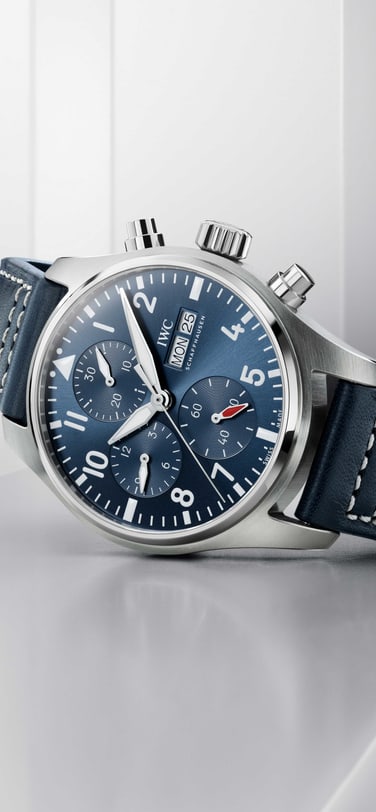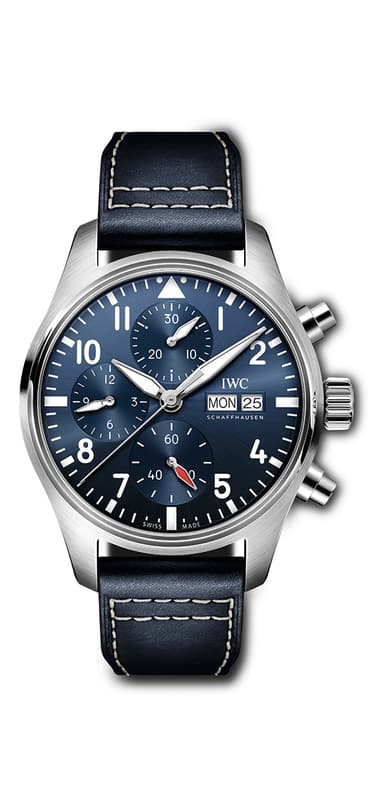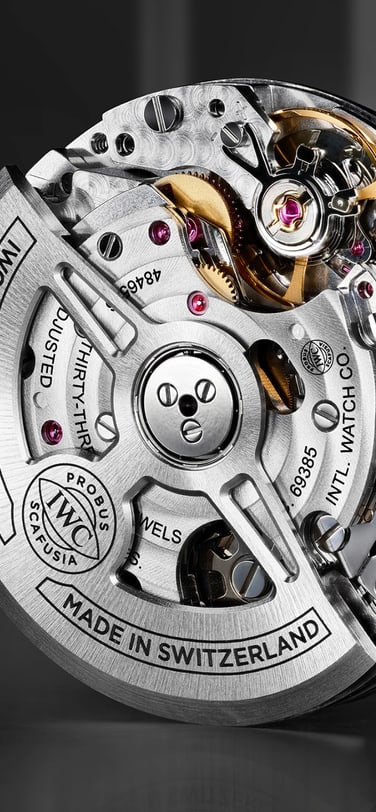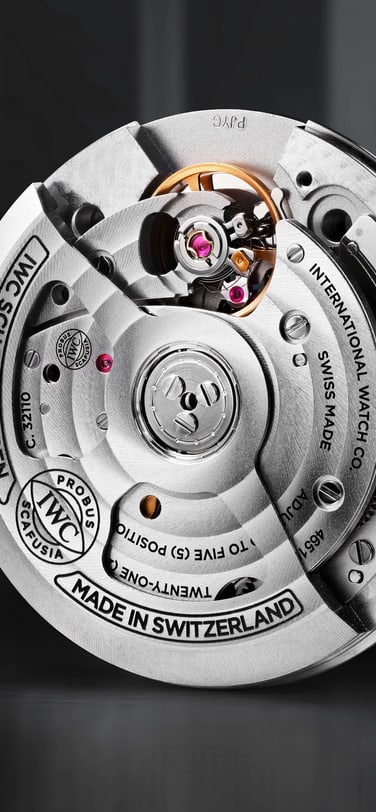World of watches
MECHANICAL MARVELS: A BRIEF HISTORY OF IWC MANUFACTURE MOVEMENTS (PART II)
THE CALIBRE 69 AND CALIBRE 32 FAMILIES ARE THE FOCUS OF OUR MINI-SERIES’ SECOND PART. READ MORE ABOUT THE INHOUSE MOVEMENTS THAT POWER IWC’S LATEST TIMEPIECES.
By Michael Friedberg

IWC since its inception in 1868 and especially over the past two decades has produced so many in-house movements that no brief article can tally nor explain all. Part I of this article summarized many of IWC’s in-house movements over the years through 2018. Part II will look at IWC’s latest movement introductions, its caliber 69 and caliber 32 families.

A NEW CHRONOGRAPH MOVEMENT
Several IWC movements that debuted from the year 2000 onwards, such as the calibre 5000, which evolved to the calibre 52 family, and the calibre 89 family chronographs, are fine movements but also challenging to produce. It takes extensive resources to develop movements in-house, from design to prototypes to testing, to preliminary manufacturing and finally to serial manufacturing.
Several years ago IWC began two code-named projects to design more basic in-house movements for its watches. Its first project began in 2012 with a chronograph movement which is called the calibre 69 family. This required four years of development and intensive testing.
The increased interest in chronographs has been a tour de force for IWC. As calibre 69385, this movement is used in IWC’s Pilot’s Watch Chronograph 41 (Ref. IW3881), and as calibre 69355 in the latest version of the iconic Portugieser Chronograph (Ref. IW3716).

FOUNDATION OF A MODERN IWC WATCH
The task before IWC to create this movement in some ways was more daunting than one might expect. Its new chronograph movement had to excel from its previously used basic chronograph movement.
IWC accomplished this with élan, and calibre 69 exceeds all standards of its predecessor. It now has a slightly longer power reserve at 46 hours, more jewels at 33, but with the same “frequency” of 4Hz or 28,800 half-beats per hour. It’s also more efficient in winding with a bi-directional rotor, rather than the prior unidirectional winding one.
Calibre 69 also uses a “column wheel” rather than a cam-controlled chronograph. Column wheels are more traditional and, while both types can function well, a column wheel to some collectors works better, without a jump, when it starts.
With the calibre 69 chronograph family, IWC has produced an in-house movement that meets or exceeds all requirements. Unlike its more expensive brethren in the IWC chronograph family, it uses index regulation rather than a “free-sprung” balance. There are some technical finishing differences, but all these movements are clearly well designed, produced, assembled and functional. And they are well-priced among all luxury chronographs.

THE BASIC MOVEMENT CALIBRE 32
The next challenge for IWC watchmakers was to develop a simpler, basic movement with only time and date functions. From an engineering perspective, that approaches reinventing the wheel, since there are many good basic movements made in Switzerland. Again, the idea was to produce an extraordinarily accurate and sturdy movement.
The end result is now the IWC calibre 32 movement family and its first example is calibre 32110. It’s a mechanical movement with automatic bi-directional winding, dispensing with the more complex Pellaton winding in favor of a traditional system.
This movement, like many basic movements, features 21 jewels and operates at a frequency of 28,800 half-beats per hour. It has several distinctive features, including a power reserve of 72 hours, hacking center seconds and, especially noteworthy, an anchor wheel made from silicon. All is included in a movement with a thin height of 4.2 mm and a 28.2 mm width.

FOUNDATION OF A MODERN IWC WATCH
In summary, IWC introduced very recently two new in-house movements, one for chronographs and one for time/date-only watches. These are and will be used especially in many of its Pilot’s Watches, its renowned Portugieser Chronograph, plus much of its Portofino line and its Ingenieur models. These two movements, together with IWC’s other in-house movements, serve as the foundation of the modern IWC watch.
It is worth visiting the new IWC manufacturing facility, to view the enviable artisanship and the refined mechanical processes involved in producing these movements. In many ways IWC is the prime engineer of the watch profession, but at the same time its watches are beautiful objects. Wonderful dials, masterful cases, and fine movements. It’s a powerful combination that has proven successful and will continue to be so in the future.